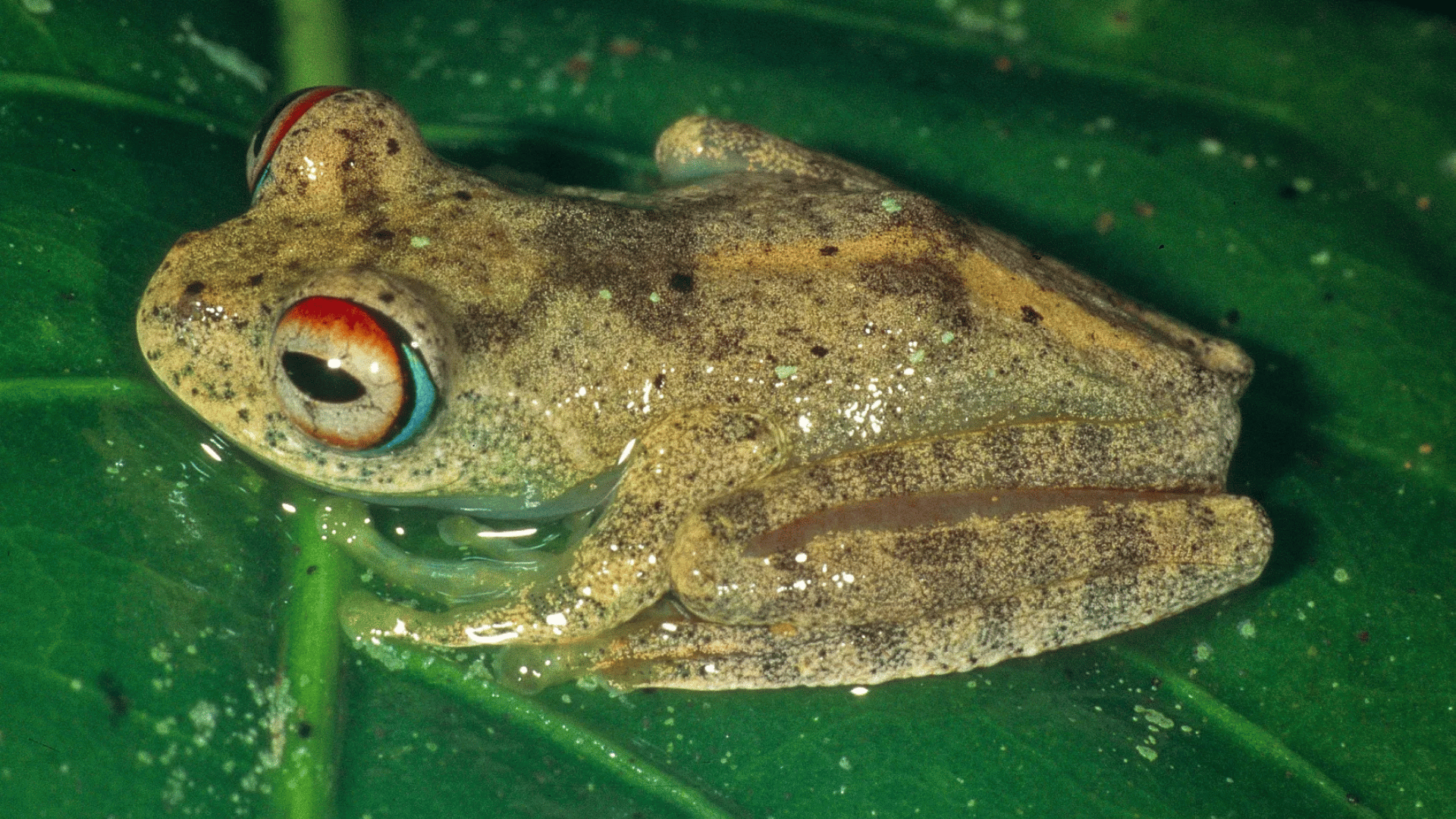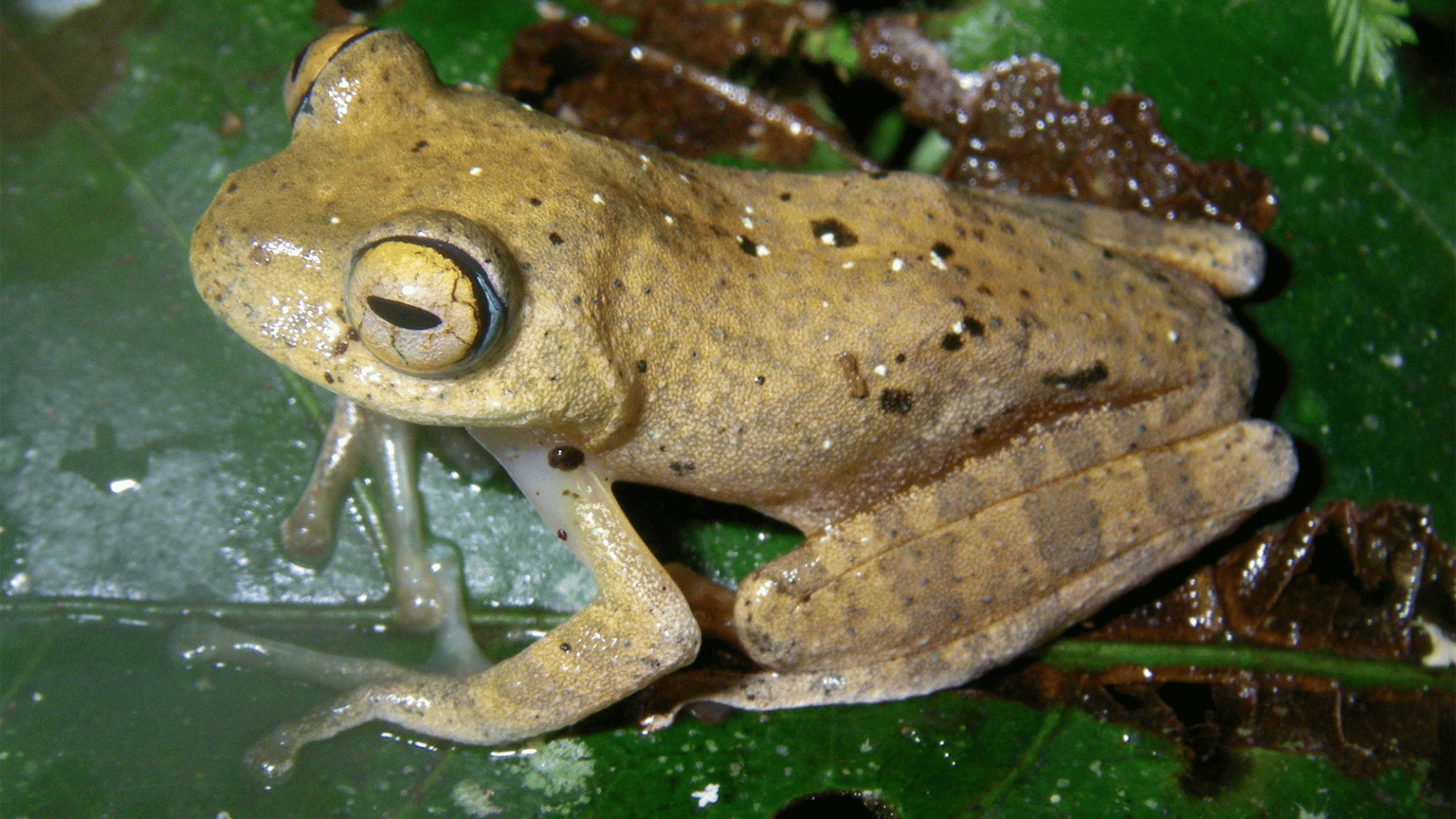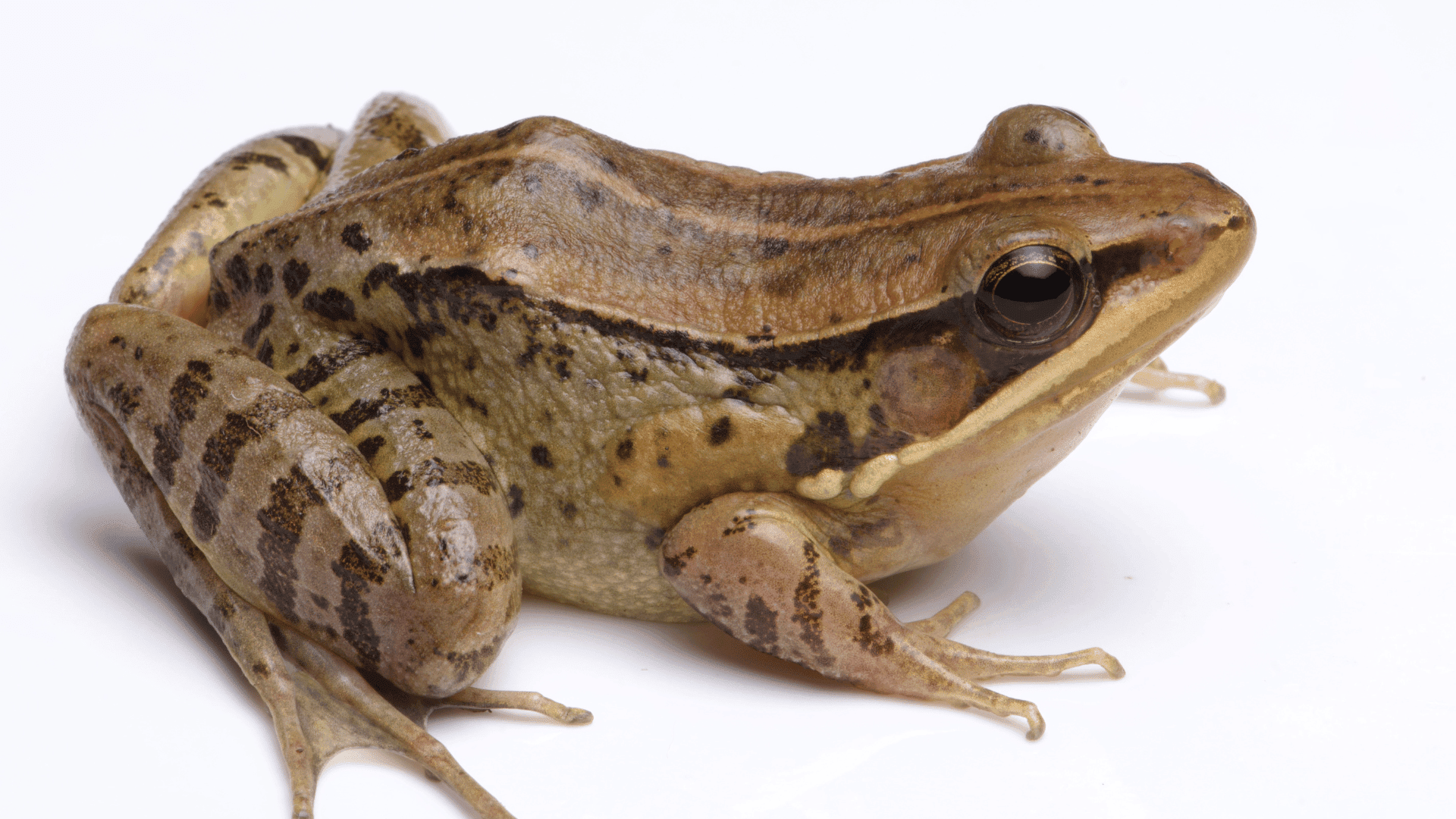According to the research team that discovered them, a newly discovered species of tree frog from Madagascar makes strange, high-pitched whistling sounds that resemble the sound effects from Star Trek.

Named after seven of the series’ captains, the species can be found along fast-flowing streams in Madagascar, and these strange sounds or advertisement calls are used to communicate with other frogs. Some frog calls may remind Star Trek fans of sounds from the “boatswain whistle” and a device called the “tricorder.”
“That’s why we named the frogs after Kirk, Picard, Sisko, Janeway, Archer, Burnham, and Pike—seven of the most iconic captains from the sci-fi series,” Miguel Vences, a study co-author and evolutionary biologist at Technische Universität Braunschweig in Germany, said in a statement.
These calls can be used, for example, to indicate a male frog’s suitability to mate with females. The frogs’ mountainous location could explain why they have such a high-pitched call, as it is more likely to be heard over other noises like rushing water or other creatures.

“A few species are found in places accessible to tourists, but to find several of these species, we had to undertake major expeditions to remote forest fragments and mountain peaks,” stated Mark D. Scherz, a study co-author and a curator at the Natural History Museum of Denmark at the University of Copenhagen. “There’s a real sense of scientific discovery and exploration here, which we think is in the spirit of Star Trek.”
Though Madagascar is only the size of Texas, it possesses an incredible amount of biodiversity and is home to 9 percent of the world’s frog species. The research team behind the new study hopes that these types of discoveries will continue to aid conservation efforts, as this species is particularly vulnerable to environmental changes because it lives in different microhabitats and altitudes.
“We’ve only scratched the surface of what Madagascar’s rainforests have to offer. Every time we go into the forest, we find new species, and just in terms of frogs, there are still several hundred species we haven’t yet described,” stated Andolalao Rakotoarison, a study co-author and herpetologist at the Université d’Itasy in Madagascar.







